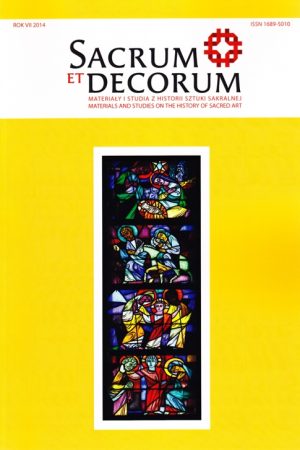Aesthetic and architectonic paradigms in Vienna church architecture at the turn of the 20th century
Keywords:
church architecture, historicism, early modernism, Vienna, 19th centuryAbstract
Vienna, the capital of the Habsburg monarchy and the seat of its rulers, in the 19th century became a metropolis, and the rocketing city population necessitated the building of many new churches. One of the most important practical and theoretical problems was the “appropriate” style to be used in those constructions. The result of the debates conducted at the time was accepting the validity of the mediaeval styles, especially Gothic, considered to be the “ideal” language of church architecture. Forms borrowed from more recent epochs in art and architecture were noticeably less popular (in the theory of church building they were practically unanimously rejected). Reception of early modernism was also limited. Despite the supremacy of Neo-Gothic and the Neo-Romanesque style, Vienna churches of the turn of the 20th century are characterized by great variety, which reflects the dilemmas of their creators.Downloads
Downloads
Published
How to Cite
Issue
Section
License
Copyright (c) 2014 Sacrum et Decorum

This work is licensed under a Creative Commons Attribution-NonCommercial-NoDerivatives 4.0 International License.
In line with the Open Access policy, authors retain full copyright to their articles – without restrictions.
Authors can deposit their articles in a repository of their choice.


